Photography has changed.
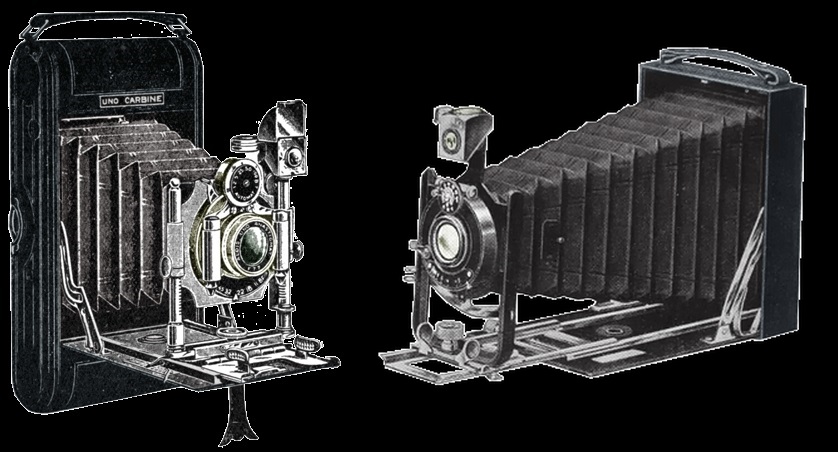
Photography’s 200 year history has been exciting.
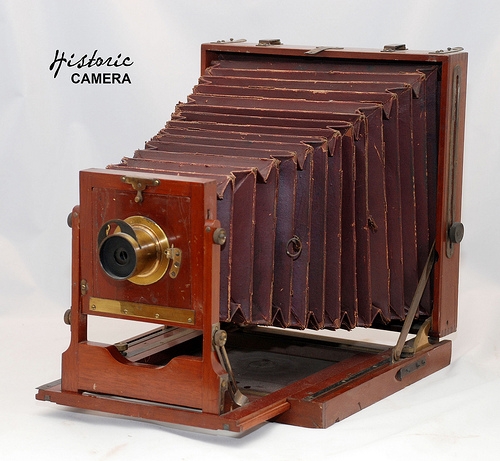
There are many great moments in photography’s history.
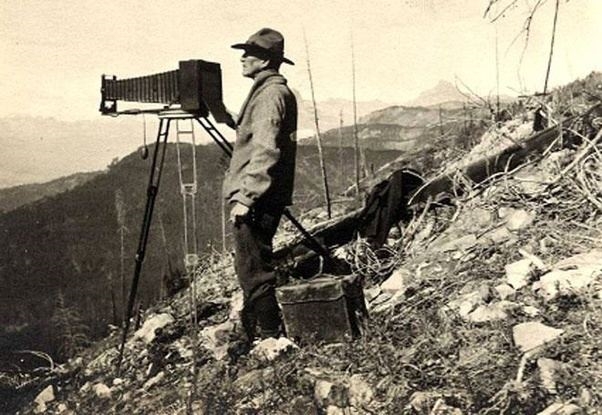
Photography has changed.

Photography’s 200 year history has been exciting.

There are many great moments in photography’s history.

Upon its invention, in the early 19th century, portraits were no longer limited to the wealthy; people with average economic means could commission portraits from professional photographers for relatively affordable prices.
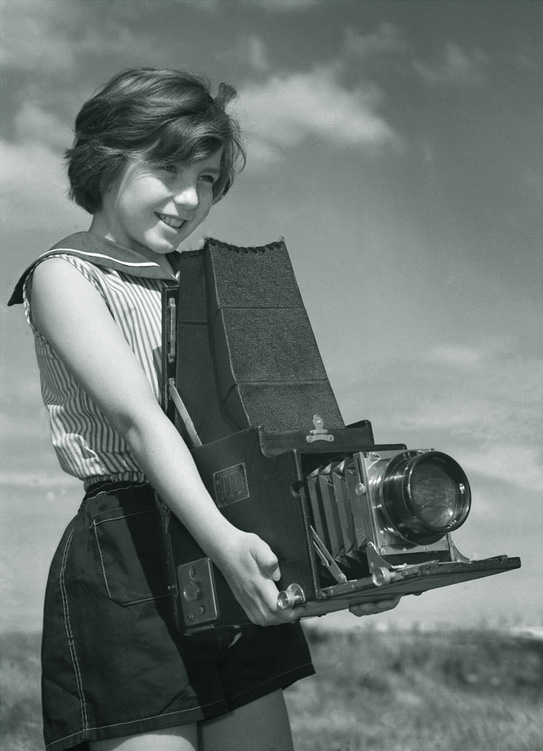
Almost anyone could possess a photograph.
In the late 19th century, companies like Eastman Kodak manufactured affordable cameras, ready-made film, and provided processing and printing services. Suddenly, average citizens could easily take photographs and have them developed and printed within days and later hours, at increasingly affordable prices. (“You press the button. We do the rest.”)
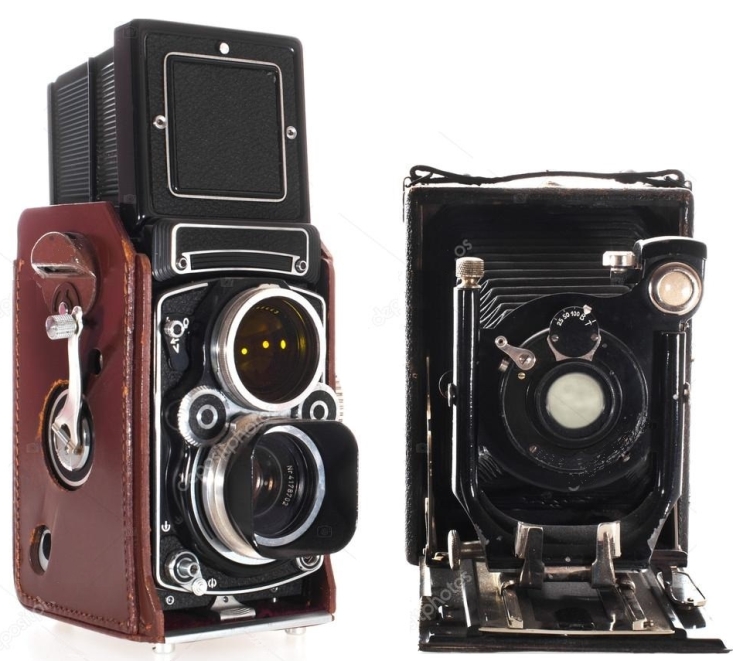
Almost anyone could be a photographer. In the mid 20th century, Polaroid invented a camera that produced a print immediately after exposure, self-developing within a minute, before the photographers eyes, in broad daylight.
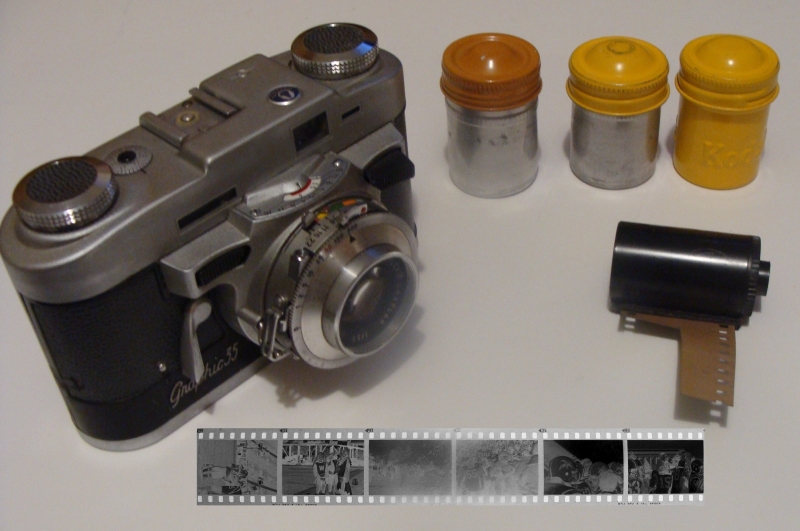
Digital Cameras meant no more buying film and sending it in to be developed and printed.
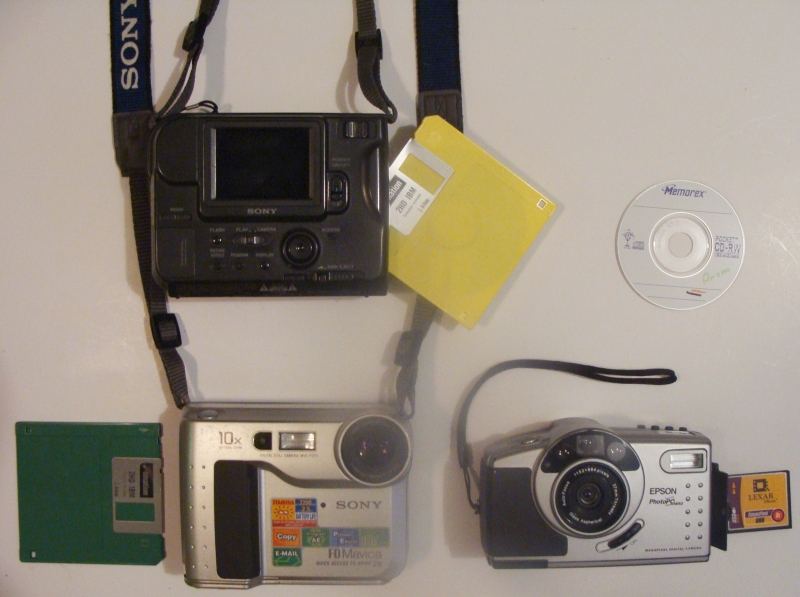
Early digital cameras used no film, but used disks. Today they use chips.
Today, almost anyone could produce prints. In the final years of the 20th century, the first cell phones capable of producing and distributing photographs in seconds, for almost no cost, became available. Almost anyone could mass distribute photographs.
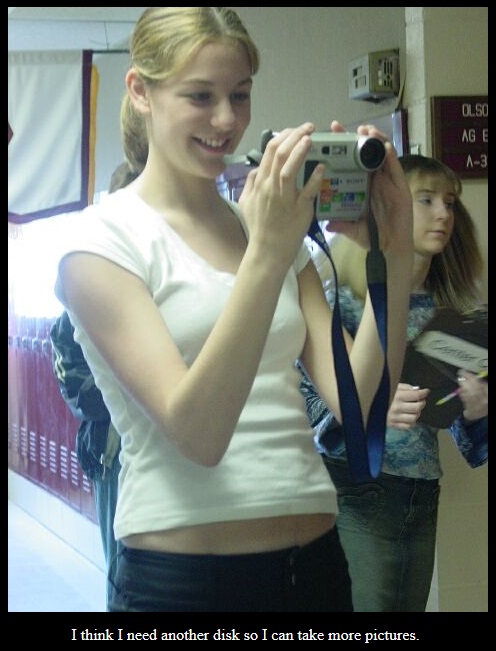
Photography’s constant move towards ease, speed, economy, and ubiquity continues today .
